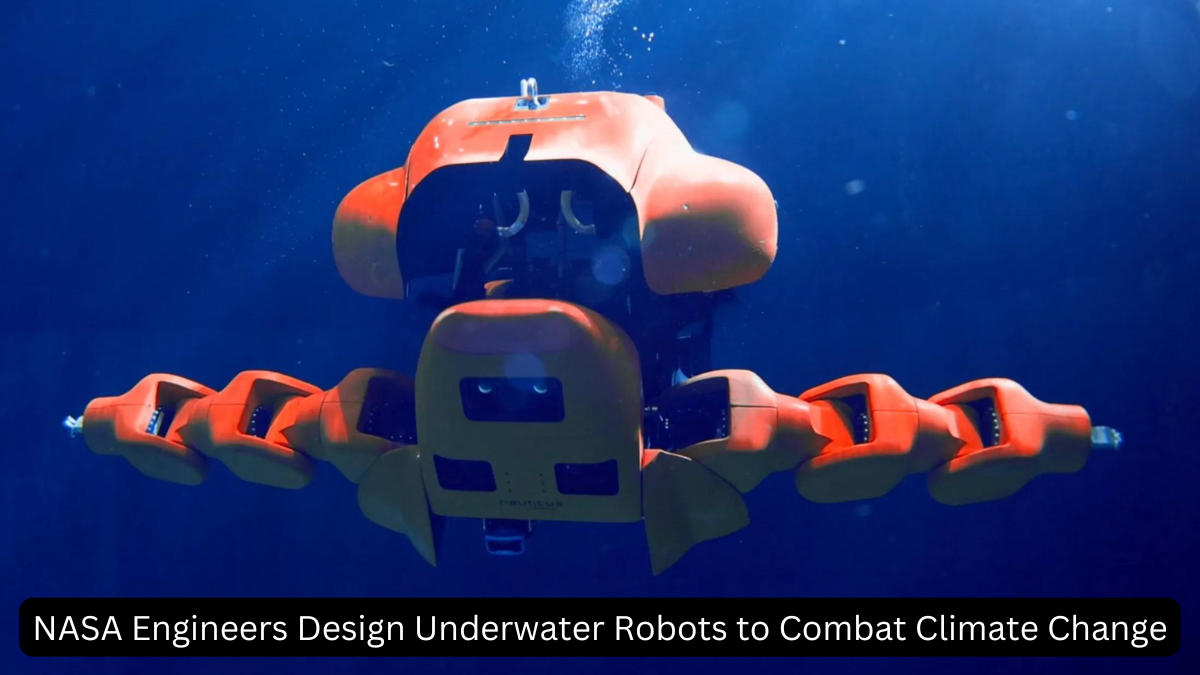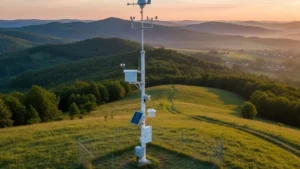- NASA engineers are developing underwater robot probes to measure the rate of ice shelf melting in Antarctica due to climate change.
- These robots, developed by NASA’s Jet Propulsion Laboratory, aim to provide accurate data to improve predictions of sea level rise.
- The project involves deploying prototypes in harsh environments like the Arctic.
Underwater robot probes by NASA
NASA engineers are developing underwater robot probes aimed at measuring the rapid melting of ice shelves in Antarctica due to climate change. The initiative seeks to provide precise data that will improve predictions of future sea level rise, essential for global climate models.
Tested in the Arctic
A prototype developed by NASA’s Jet Propulsion Laboratory was tested in the Arctic from a U.S. Navy lab camp. The submersibles aim to explore hard-to-reach grounding zones where ice and ocean meet, using special software to guide their path.
Lacking propulsion
These cylindrical robots, lacking propulsion, will drift and anchor themselves beneath ice shelves to record year-long data before transmitting it via satellite. This project emphasizes the urgency of understanding how rising ocean temperatures contribute to ice shelf erosion and subsequent sea level rise.




 India Develops 3D-Printed Automatic Weat...
India Develops 3D-Printed Automatic Weat...
 Hyderabad Start-ups Build Mini Satellite...
Hyderabad Start-ups Build Mini Satellite...
 Gaganyaan and Artemis-II: Landmark Human...
Gaganyaan and Artemis-II: Landmark Human...







